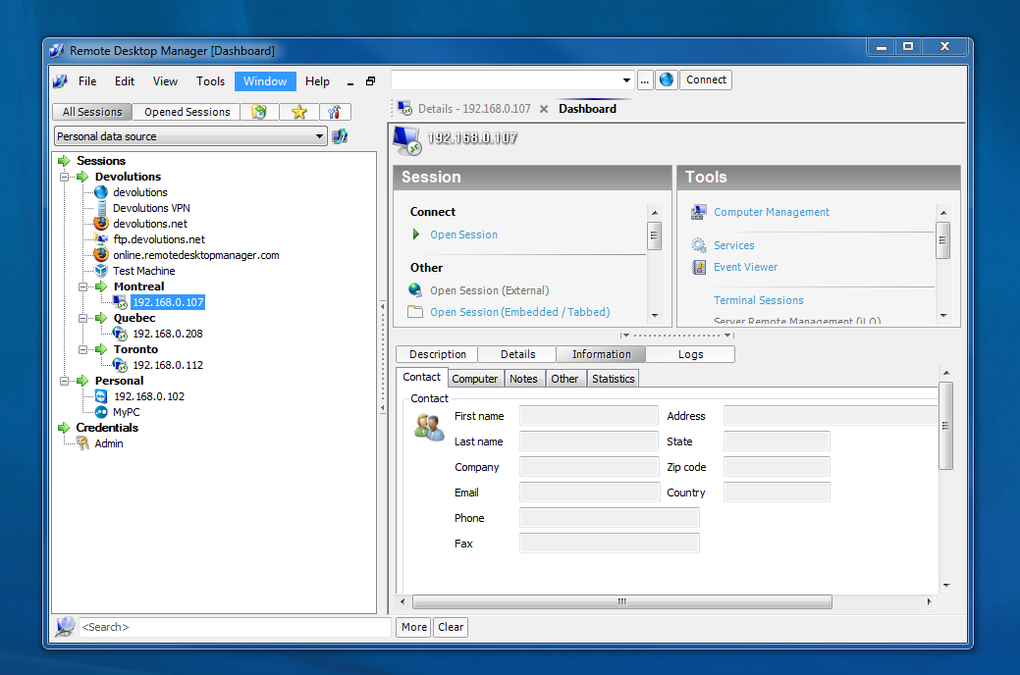

You can also use most versions of the Remote Desktop client to also connect to Azure Virtual Desktop, as well as to Remote Desktop Services in Windows Server or to a remote PC. Some features are only available with certain clients, so it's important to check Compare the features of the Remote Desktop clients to understand the differences when connecting to Remote Desktop Services or remote PCs. Leave the apps open when you turn off the client.Access files and network resources on the remote PC.Device redirection, such as webcams, storage devices, and printers.Dynamic display resolutions and scaling.There are many features you can use to enhance your remote experience, such as: Using your web browser on desktops and laptops, you can connect without having to download and install any software. There are clients available for many different types of devices on different platforms and form factors, such as desktops and laptops, tablets, smartphones, and through a web browser. Remote Desktop Manager is going to be your go-to solution to manage your environment and share information with your team.With Microsoft Remote Desktop clients, you can connect to Remote Desktop Services from Windows Server and remote PCs, and use and control desktops and apps that your admin has made available to you. We believe that teamwork makes IT departments a valuable asset for an organization. Moreover, you can choose to store your passwords into our own password manager or choose between dozens of integrated password management solutions such as KeePass, LastPass, 1Password, Passwordstate, Secret Server and many others. Our solution integrates more than 160 technologies such as RDP, VPN, Putty, VNC, SSH, LogMeIn, Teamviewer, Web, Dameware, FTP, SFTP, PC Anywhere and many more.

Add, edit, delete, share, organize and quickly find your remote connections. hide/show passwords, manage and restrict user accesses, view connection logs, etc.). You can then share this information throughout all your team by defining different user security groups and privileges (e.g.

Remote Desktop Manager now lets you now centralize all your remote connections, passwords and credentials as well as any other connection settings or important information into a secure and encrypted database. It was an unsafe and inefficient way to manage your network. In the past, Sysadmins and IT pros have used many different spreadsheets and other documents to keep track of everything. You know how hard it is to manage all your remote connections and hundreds of different passwords. Remote Desktop Manager is a popular all-in-one management platform for IT teams used by thousands of companies worldwide.


 0 kommentar(er)
0 kommentar(er)
